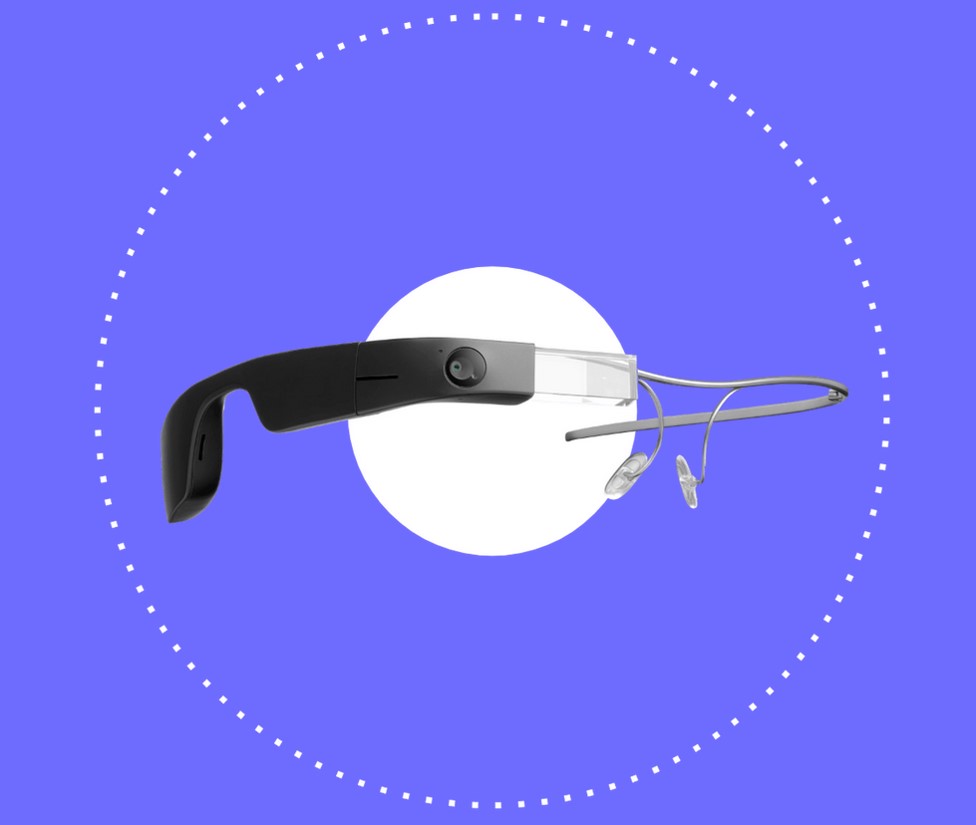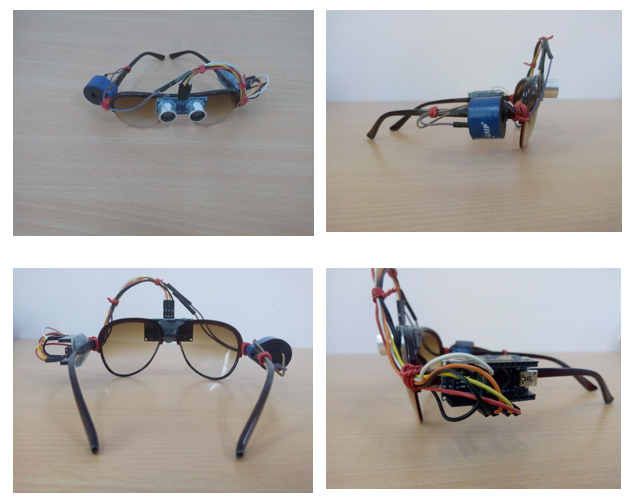OCR Devices for the Blind: Breaking Barriers with Optical Character Recognition
OCR Devices for the Blind: Breaking Barriers with Optical Character Recognition
Blog Article
Discover Advanced Assistive Devices for Individuals With Aesthetic Impairments
The landscape of assistive modern technology for people with aesthetic disabilities is developing swiftly, presenting a range of cutting-edge devices that improve freedom and involvement. From smart glasses that effortlessly combine aesthetic input with acoustic support to sophisticated navigation applications that redefine spatial awareness, these devices are reshaping opportunities.
Smart Glasses Innovations
Smart glasses represent a substantial advancement in assistive innovation for individuals with visual disabilities. These innovative devices integrate various features designed to improve the individual's interaction with their atmosphere. Outfitted with sensors and video cameras, clever glasses can catch real-time visual details, which is then processed and conveyed to the user with sound feedback or haptic feelings. This functionality enables people to get immediate summaries of their environments, improving their capability to engage and browse with the world.
Moreover, advancements in expert system have actually even more boosted the abilities of smart glasses. Artificial intelligence formulas can identify faces, checked out text, and identify objects, making them invaluable devices for day-to-day tasks. Customers can obtain acoustic cues that supply context concerning their environment, promoting freedom and confidence.
Additionally, the ergonomic style and lightweight nature of numerous smart glasses make them suitable for long term usage, guaranteeing convenience while improving performance. As these gadgets continue to advance, they hold the potential to reinvent the way people with visual disabilities experience their day-to-days live, connecting the space between accessibility and technology. The recurring study and development in this field assurance to broaden the possibilities for smart glasses, making them a necessary element of modern assistive tools.
Navigation Application and Devices
Various navigating applications and devices have actually arised as necessary resources for people with visual disabilities, dramatically improving their ability to go across unknown atmospheres. These technologies utilize general practitioner functionality, audio hints, and real-time data to supply customers with exact navigating support.
One popular example is the Aira app, which connects customers to qualified agents who can supply aesthetic summaries of surroundings and navigation assistance with a live video feed. This service improves the user's spatial understanding and self-confidence while navigating. Another remarkable tool is Seeing Eye GPS, which offers voice-guided navigating and factors of passion, enabling individuals to accessibility crucial info regarding their surroundings.

As modern technology remains to advance, the advancement of much more advanced navigation devices guarantees to additional equip individuals with visual impairments, facilitating smooth movement and integration into diverse atmospheres. Such advancements contribute in promoting a more comprehensive culture.
Braille Modern Technology Developments
In recent times, advancements in Braille technology have actually substantially changed how individuals with visual disabilities access information and involve with the globe around them. The advancement of mobile Braille screens has actually transformed analysis by allowing users to attach wirelessly to tablets, computers, and smartphones. These tools transform text right into Braille in real-time, enabling smooth interaction with electronic content.
Furthermore, cutting-edge Braille printers have arised, enhancing the production of responsive materials. Modern embossers are quicker and much more effective, enabling the rapid creation of Braille documents and instructional materials. This efficiency reduces the time and cost related to creating Braille resources, making them much more easily accessible to organizations and institutions.
Furthermore, the combination of Braille with other innovations, such as expert system and equipment knowing, has opened up brand-new avenues for personalized learning experiences. Voice acknowledgment and synthesis innovations can complement Braille, supplying an inclusive method to info dissemination.
As the need for inclusive education and work environment atmospheres expands, these technical improvements play a critical duty in equipping people with aesthetic disabilities, ensuring they have equal accessibility to info and opportunities in various elements of life.
Wearable Tools for Self-reliance
A growing selection of wearable tools is boosting self-reliance for individuals with aesthetic impairments, offering innovative services that improve navigating and daily living. Braille displays and notetakers. These tools make use of sophisticated technologies to offer real-time comments and support, promoting autonomy in numerous atmospheres

Wearable modern technology also consists of smartwatches that can be programmed with accessibility features, making it possible for customers to receive alerts, track their places, or even call for aid with the touch of a switch. Moreover, some devices include expert system to evaluate the environment, offering audio summaries of nearby objects or individuals.
Voice-Activated Assistive Solutions
Leveraging voice-activated assistive solutions has actually transformed the landscape of support for individuals with aesthetic impairments, providing hands-free interaction and access to a variety of jobs. These modern technologies utilize all-natural language processing and man-made knowledge to allow customers to execute everyday activities with straightforward voice commands.

Additionally, recent improvements in voice acknowledgment accuracy have boosted the individual experience substantially, suiting diverse accents and speech patterns. This inclusivity makes certain that more individuals can gain from these modern technologies, cultivating a greater feeling of autonomy.
Conclusion
In verdict, the growth of innovative assistive devices considerably improves the independence and lifestyle for people with aesthetic impairments. Developments such as clever glasses, navigation applications, Braille innovation, wearable tools, and voice-activated remedies collectively promote an even more inclusive setting. These technologies equip users to navigate their environments with confidence and engage even more totally with the world, ultimately advertising better accessibility and equivalent chances for individuals encountering visual challenges.
The landscape of assistive modern technology for individuals with aesthetic impairments is developing swiftly, offering an array of innovative devices that improve autonomy and engagement.Smart glasses represent a considerable advancement in assistive innovation for individuals with visual problems. As these devices continue to evolve, they hold the possible to reinvent the way people with visual problems experience their daily lives, linking the space in between access and innovation.In current years, advancements in Braille modern technology have dramatically transformed how people with aesthetic problems accessibility information and involve with the globe around visit this web-site them. These innovations why not try these out encourage users to navigate their surroundings with confidence and engage more fully with the globe, ultimately advertising higher accessibility and equivalent possibilities for individuals facing aesthetic difficulties.
Report this page